
The craft of theatre: Tailor
Productions typically look magical, but the magic is not just pulled out of a high hat. Behind the scenes, every person in every department does their part to help create a captivating setting, whether in terms of lighting, costumes or scenery. Who does what and what does their creative process look like? Today, we are meeting Saskia Bredero, who works in the costume workroom as a first tailor.
From the Anglo-Norman French taillour, literally ‘cutter’, the tailors at Dutch National Opera & Ballet (DNO&B) are responsible for creating the performers’ costumes. Saskia works as a first tailor in the ballet’s men’s costume workroom: “As a first tailor, you’re basically the person who takes the lead. I come up with an idea, draw patterns and divide the work. I also decide who should wear which costumes in revivals. I’ve come to the point where I can tell you off the top of my head what the physical build of every dancer is. When a new dancer joins us, the first thing I do is compare their physique with the other dancers. That tells me who they’ll be able to share costumes with.”
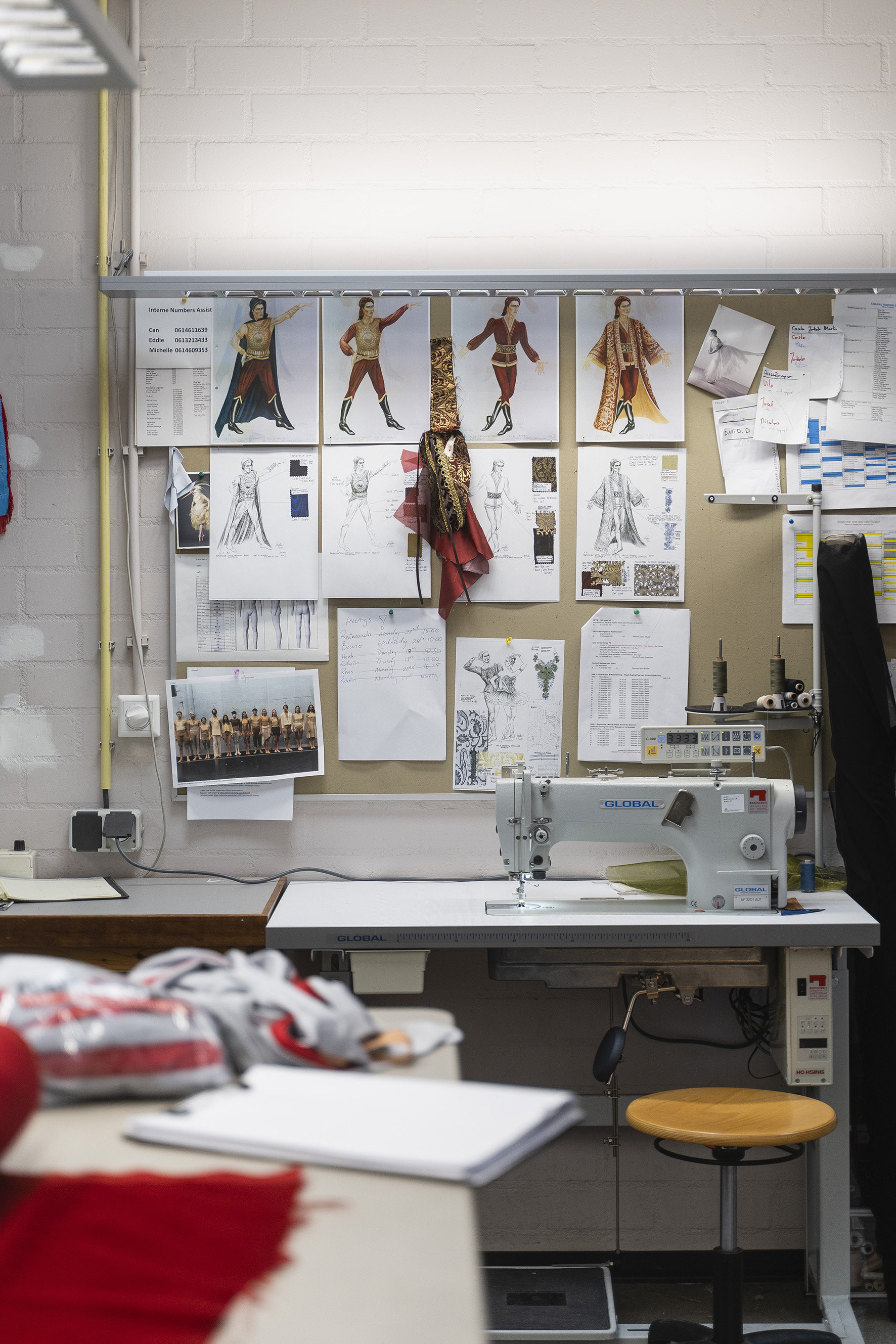
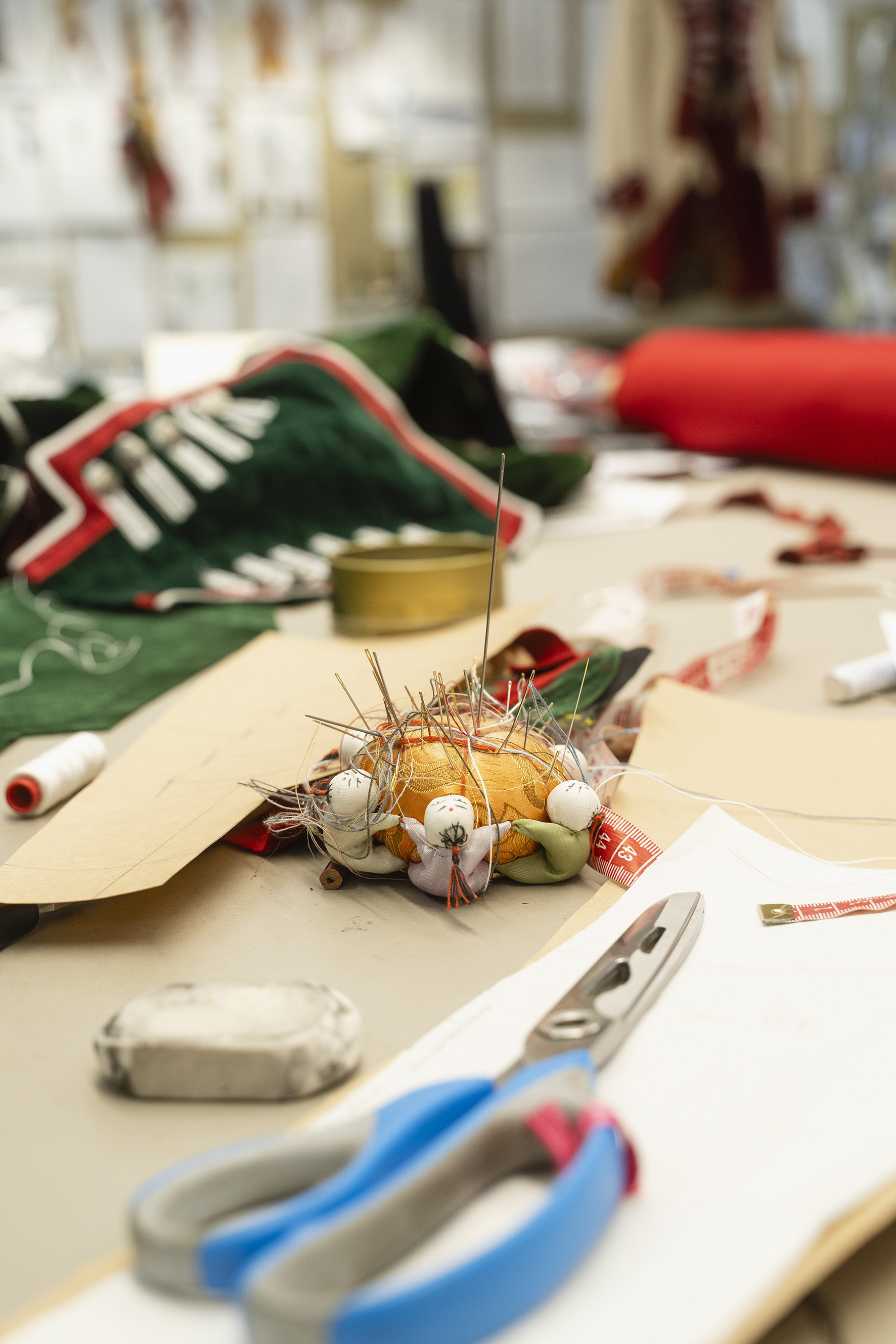
Fitting room issues
Why are there separate costume workrooms for men and women? “That’s just for practical reasons. Dancers from different casts share their costumes, so it’s convenient for them to come in for a fitting at the same time. It’s busy enough dealing with just the guys or the girls.” There is a clear difference, though, in Saskia’s opinion... “I’d say that costume fitting with the guys is probably easier. They put on the costume, move around a little and tell us it’s fine. Girls are different; they always want things lower, higher, tighter or looser. Not to say that we don’t have lots of fun with both groups. We definitely do!”
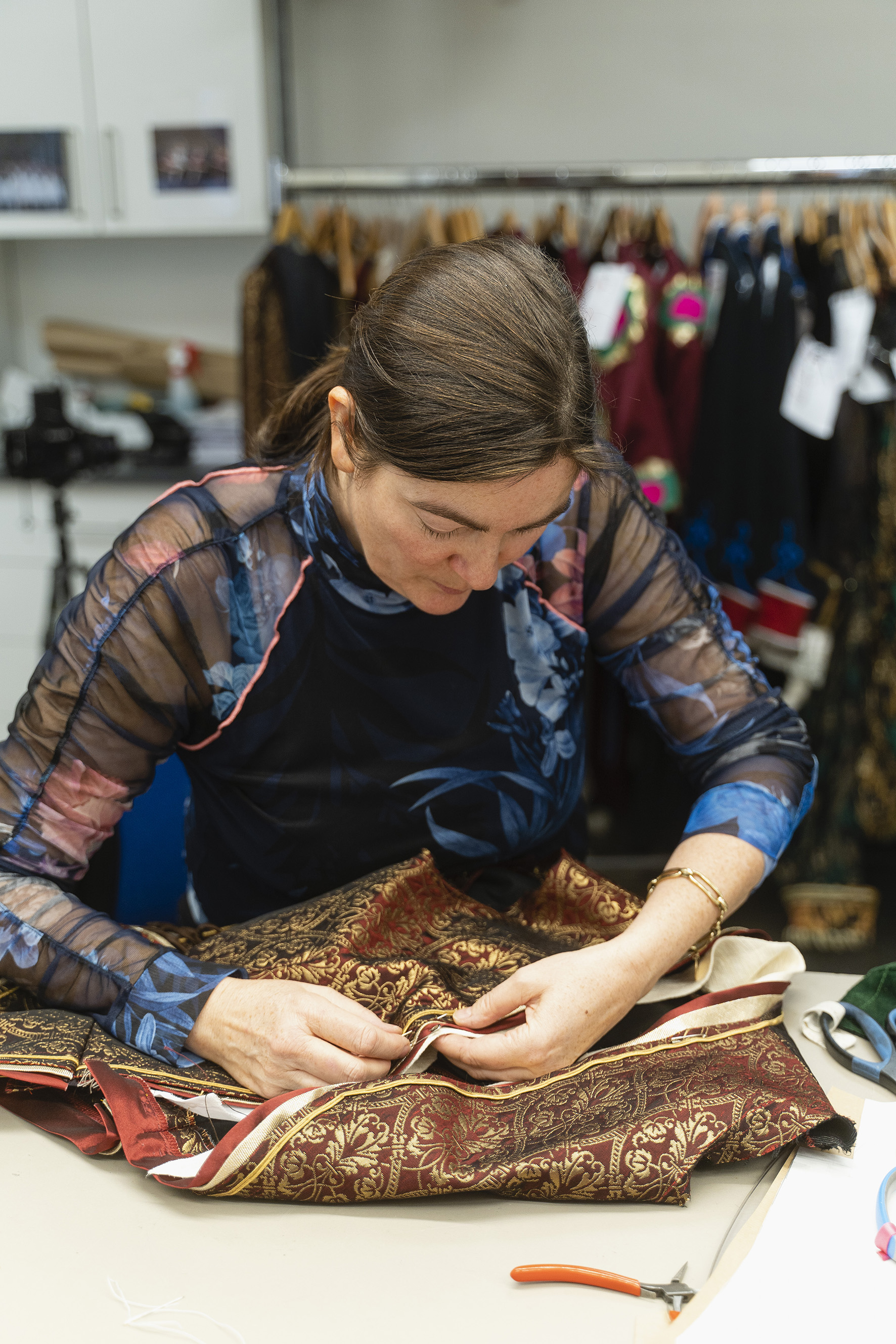
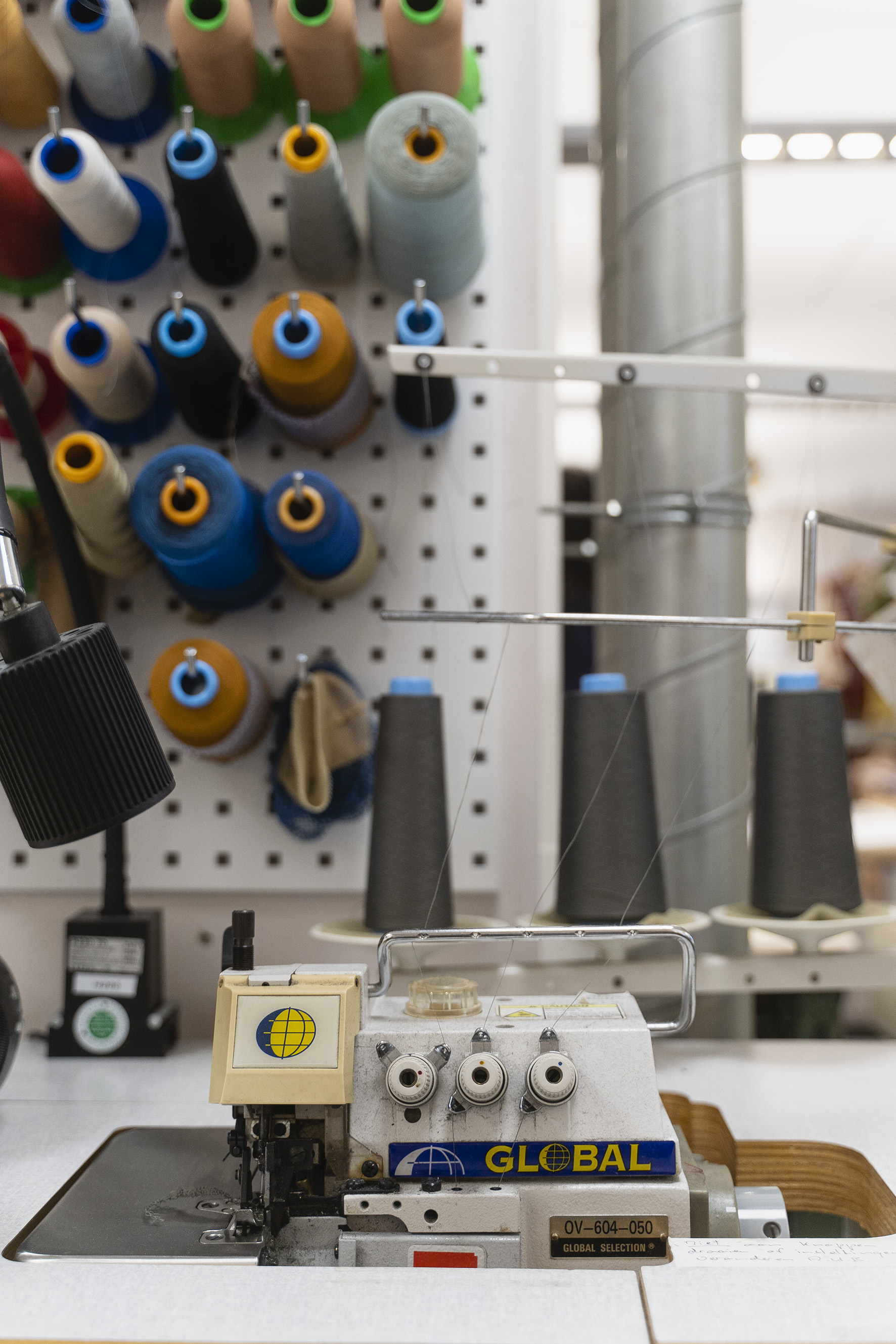
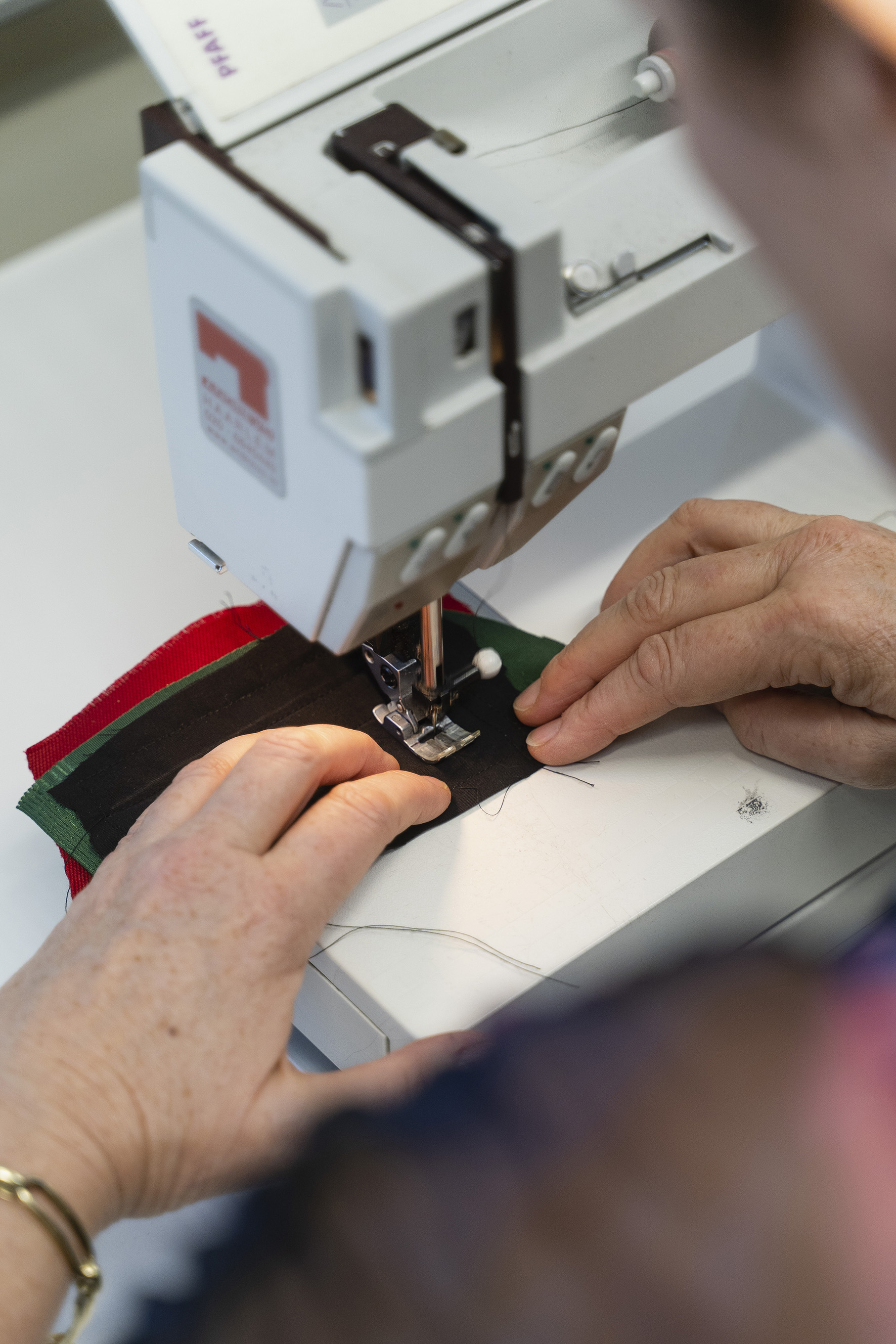
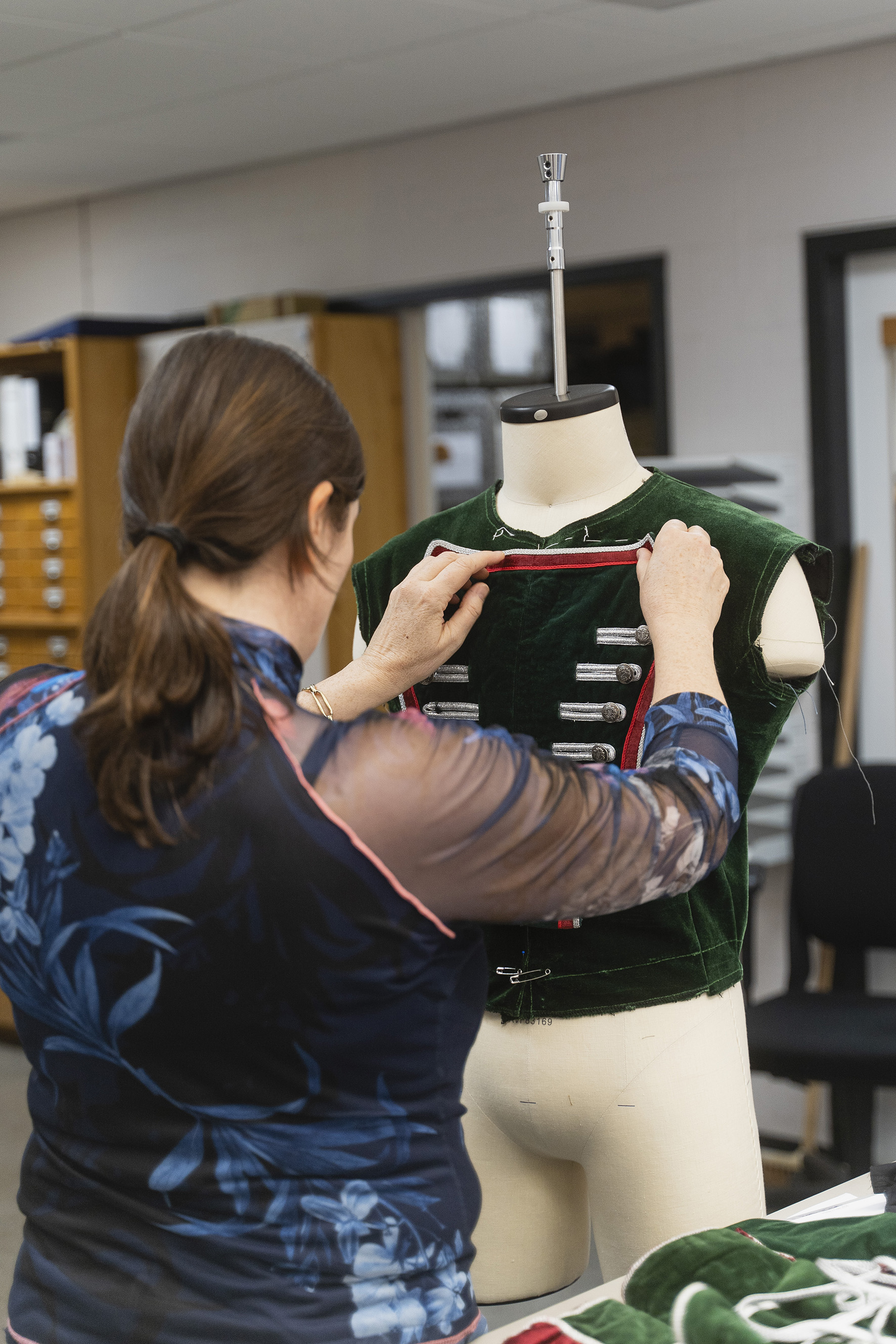
Moving costumes
It is difficult to say whether a costume actually works until it has left the workroom and makes an appearance on the stage. “We go to rehearsals and once they’re done we run backstage so the dancers can tell us how the costume felt. Most of the time, we get a lot of comments. The dancers will literally line up to let us know what didn’t work and what they need altered.” And this is despite all the tricks the workroom uses on the costumes before they release them: “From hidden elastic bands and buttons to keep sections in place, to the type of stitching and the ‘gills’ we create to give the dancers more breathing room. We really do our best to translate the design into a practical and reasonably comfortable ballet costume.”
Test of times
Thanks to the exceptional craftsmanship that has gone into the costumes over the years, they have stood the test of times: “I’ve been here for 25 years, and before that I worked on many of the costumes for The Nutcracker and The Mouse King as a self-employed tailor. Some of those costumes are still in use, even today.” And they are just as exquisite as they used to be. “You might wonder why we make our costumes so rich in detail when the audience is at least eight metres away. If we settled for less, the costumes would be lacklustre. And even if you don’t knowingly register that, you’ll still feel it. The details give them a touch of splendour to be proud of, even after 25 years.”



